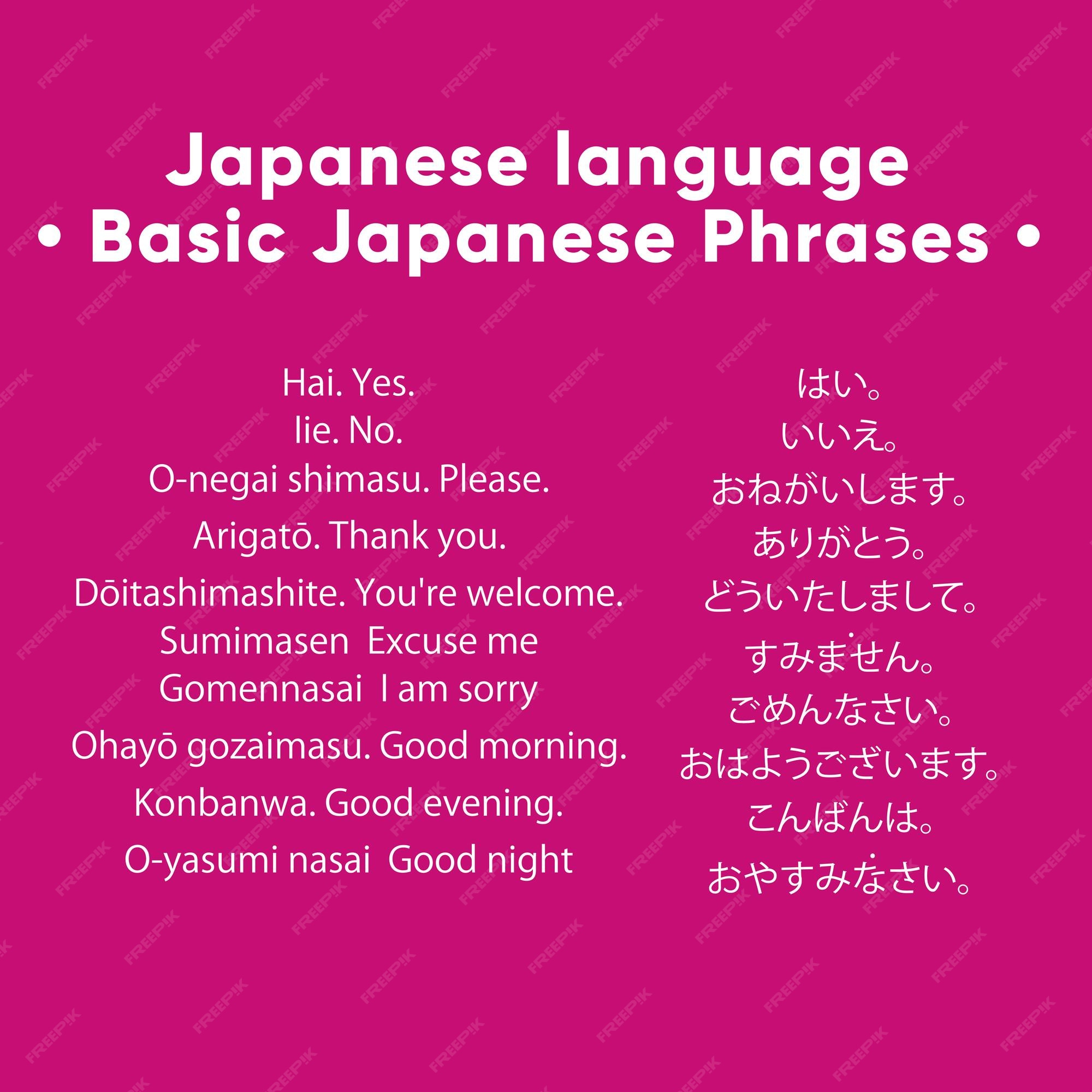The Art of Learning Japanese! How to Master All Kanji, Particles, and Grammar

Learning Japanese is a profound process that requires mastery of difficult kanji, grammar, and complex particles. This article
In this article,The importance of each element and how to master them is explored in depth. Whether you are interested in learning Japanese, have fallen behind in the process, or want to further improve your Japanese language skills, we have the knowledge you need.Introduction.Let's improve your Japanese language skills!
The Ultimate Guide to Learning Kanji

1. Introduction
When beginning to learn Japanese, many learners face the challenge of learning kanji. For beginners, the complex structure of kanji and the variety of readings can seem daunting. However, learning Kanji is the key to dramatically improving your Japanese language skills. This article will explain in detail how to learn Kanji and its importance.
2. what is Kanji?
Kanji is a writing system that came from China and is widely used to write the Japanese language. Each kanji has its own unique meaning and reading, and helps to express certain concepts. Kanji can also be read in different ways depending on the context.
3. the importance of learning Chinese characters
Learning Kanji is necessary to improve one's reading and writing skills and to deepen one's understanding of the Japanese language. In addition, by understanding Kanji, one can learn about Japanese culture and history. Therefore, learning Kanji is an essential skill for Japanese language learners.
4. difficulty level of learning kanji
The level of difficulty in learning kanji depends on the number and complexity of kanji characters and the diversity of their readings. For learners from non-Kanji speaking countries, the difficulty level is particularly high because there are many factors to be learned, such as the shape of the kanji, stroke order, and the distinction between on'yomi and kun'yomi.
5. methods for learning Kanji characters
There are many ways to learn kanji, but the key is regular practice and repetitive learning. In addition to learning the meanings and examples of use of kanji, it is also a good idea to learn how to write them at the same time. Specific learning methods include using flashcards, reading picture books and textbooks on kanji.
6. learning Kanji characters using digital tools
In recent years, more and more kanji learning is taking place through the use of digital devices such as smartphones and tablets. Apps allow students to study at their own pace and feel a sense of accomplishment. There are also tools that allow you to visually learn the stroke order of kanji characters, which is expected to make learning more efficient.
7. use of Kanji textbooks
It is also effective to use special textbooks for learning Kanji characters. Textbooks contain lists of kanji characters, exercises, example sentences, etc., and allow students to study systematically. Some textbooks also allow students to learn about the background and history of kanji.
8. continue learning Kanji characters
Kanji learning does not produce results in a short period of time. It is important to practice regularly over a long period of time. In order to memorize Kanji characters, it is necessary to continue learning them little by little every day. It is also effective to increase your exposure to kanji in your daily life, for example, by reading kanji written on things around you.
9. setting goals for Kanji learning
Goal setting in Kanji learning is important to check the progress and results of your learning. By clarifying what you want to achieve and how many kanji you want to learn, you can increase your motivation for learning.
Apps and textbooks to help you learn kanji are listed in this article!
▶︎Starting from Zero! The Best Apps and Reading Guide to Learn Japanese
Summary of Japanese particles: types and usage

Japanese particles are one of the most important components of a sentence, and understanding and using them is one step on the path to becoming a master of the Japanese language. This article details the different types of particles, their characteristics, and the uses of each.
1. what is a particle?
particleis an accessory word used in combination with other words such as nouns, verbs, and adjectives. Its role is to indicate a relationship between words or between a word and a word or between a word and an entire sentence. A particle has no meaning on its own, but only when attached to other words.
2. characteristics of particles
Particles are characterized by the fact that they do not change form. That is, particles do not have conjugated forms and are always used in a constant form. They are also attached to verbs, adjectives, adjectival verbs, and adjectival verbs as well as nouns.
Types and roles of particles
Modern Japanese particles are mainly divided into the following four categories according to their function.
①【Case particle 】
Case particles indicate the semantic relationship between a noun and other words (other nouns, verbs, or adjectives). Case particles include "ga," "wo," "ni," "de," "to," "he," "kara," "till," and "more.
②【conjunctive particle]
Conjunctive particles indicate the semantic relationship of the verb, adjective, or noun that is the predicate of the subordinate clause to the main clause.
【Adverbial particle (taking particle) 】
Adverbial particles add special meaning to various words. Adverbial particles are classified as "only," "only," "until," etc.
④【sentence-ending particle (yo, ne, kashi, etc.)]
Final particles appear mainly at the end of sentences and express attitudes and other aspects of communication from the speaker to the listener. The final particles include "ka," "yo," "ne," and so on.
4. use of superimposed particles
A particle may be used alone, but it may also be superimposed on a number of particles. This makes it possible to express finer nuances.
5. how to teach particles
The following are some pointers on how to teach Japanese particles.
'good work' (equiv. of silver star awarded to children at school)Teach from particles with clear meanings.
For beginners, it is best to start teaching with particles that have clear meanings, such as "ga," "wo," and "ni. These particles explicitly indicate subject, object, destination, etc., and are therefore easy to understand even for beginners.
Teaching with ◎ example sentences
Since the use of particles often changes depending on the context, it is important to teach specific usage with examples.
'good work' (equiv. of silver star awarded to children at school)Teaching through role-playing and games
Using role-plays and games to let students experience the use of particles in real communication situations will deepen their understanding.
6. how to learn particles
The following methods are useful for learning Japanese particles.
'good work' (equiv. of silver star awarded to children at school)Use Japanese-language textbooks and teaching materials
Japanese language textbooks and teaching materials are important tools for learning how to use particles. Use these materials to learn about the different types of particles and how to use them.
▶︎ Textbooks and materials to learn about particles areclick hereFrom!
'good work' (equiv. of silver star awarded to children at school)Learn through practical conversations
It is important to learn how to use particles in real communication through Japanese conversation. Try to learn how to use particles in conversation with friends, family members, and your Japanese teacher.
'good work' (equiv. of silver star awarded to children at school)Practice repeatedly
You can learn how to use particles by practicing repeatedly. Practice the usage of particles repeatedly in your daily study.
7. easy points to make mistakes with particles
In learning Japanese particles, the following points should be noted.
'good work' (equiv. of silver star awarded to children at school)The "ha" and the "ga"
Ha" and "ga" are two of the most confusing particles for learners of Japanese. While "ha" indicates the subject and "ga" indicates the subject, their usage is complex. Understanding the usage of these two particles is important for a better understanding of the Japanese language.
'good work' (equiv. of silver star awarded to children at school)To" and "in."
Ni" and "de" are also particles that require careful usage. Ni" mainly indicates direction or destination, while "de" indicates place or means. In some cases, however, "ni" indicates place and "de" indicates purpose.
'good work' (equiv. of silver star awarded to children at school)Omission of "is"
In colloquial speech, "wo" is often omitted. However, it should be noted that there are situations where "wo" is grammatically necessary.
Everyone Wants to Learn: The Basics of Japanese Grammar

A "grammar" is a set of rules or conventions by which the structure of a language is understood. These rules are the basis for people using the language to communicate and understand its meaning. By learning Japanese grammar, you will be able to express yourself more accurately and naturally, and further deepen your understanding of the Japanese language. This article explains the basics of Japanese grammar.
part of speech
Parts of speech in Japanese are classified according to the role the word plays in a sentence. Japanese has the following parts of speech: nouns, verbs, adjectives, adjectival verbs, particles, auxiliary verbs, adverbs, conjunctions, coordinating verbs, and inspirational verbs.
①【Noun 】
Nouns are parts of speech that name things, either concrete objects or events, or abstract concepts. For example, "school" and "love" are nouns.
②【Verb 】
Verbs are parts of speech that express a change in action or state. Running, eating, thinking, etc. are verbs.
(iii) 【 adjective]
Adjectives are parts of speech that describe the nature or state of things and modify nouns. Blue," "expensive," and "beautiful" are examples of adjectives.
④【adjectival noun]
Adjectival verbs are parts of speech with properties between those of adjectives and verbs, modifying nouns like adjectives and conjugating them like verbs. Adjectives modify nouns like adjectives and conjugate them like verbs.
⑤【Auxiliary 】
A particle is a part of speech that indicates its meaning or grammatical relationship in combination with other words. The words "ha," "ga," "ni," and "de" are examples of particles.
⑥【auxiliary verb]
Auxiliary verbs are verbs, adjectives, and adjectival verbs that complement their meaning and function. Auxiliary verbs include "should," "should," "should," "should," "should," "should," "should," "should," "should," and so on.
7) 【Adverb 】
Adverbs are parts of speech that modify verbs, adjectives, adjectives and other adverbs and describe the degree or appearance of their action or state. Adverbs include "slowly," "quickly," and "very much."
8) 【Conjunction 】
Conjunctions are parts of speech that connect sentences and clauses. Conjunctions include "and," "but," and "so.
(9) 【pre-noun adjectival]
A coordinating verb is a part of speech that modifies a noun, such as "that," "this," "that," etc.
⑩【inspirational words】
A gerund is a part of speech that expresses an emotion or feeling, and is generally used independently of other words. The words "ah," "mmm," "oh," etc. are examples of gosounding verbs.
sentence structure
A Japanese sentence consists of a subject, predicate, modifier, conjunction, and independent word.
①【Subject 】
The subject is the part of a sentence that corresponds to "what" or "who" in the sentence, and indicates the subject of the action or state of affairs in the sentence.
②【predicate]
The predicate is the part of the sentence that corresponds to "how" or "what kind of" and describes the action or state of the subject.
【modifier]
A modifier is the part of a phrase that describes another phrase in detail, and the word or phrase being modified is called a modifier.
【 connection word]
The conjunction is the part that connects sentences and indicates the relationship between the preceding and following sentences.
⑤【an independent word]
The independent word is a part of the sentence that is not directly related to the rest of the clause and indicates a greeting, an emotion, etc.
⑥【honorific]
Honorifics are expressions used to show respect to the other party and include honorific, humble, and polite expressions.
7) 【honorific language]
Respectful language is an expression of respect for the other person's action or condition.
(8) 【 humble language]
Humility is an expression of humility about one's own actions, and it describes the actions performed by oneself or one's insiders with a sense of humility.
(9) 【polite language (i.e. masu, desu, etc.)]
Polite language is an expression of respect by the speaker toward the other party, expressed by adding "desu" and "masu" at the end of a sentence.
Sentence Expression
Japanese sentences use passive, causative, and giving/receiving verbs for a variety of expressions.
①【the passive]
The passive is an expression in which the subject is the receiver of the action, indicating a state in which something is done by another person.
②【causative (verb, etc.)]
A messenger is an expression that describes the state of having another person do something for you; you control the actions of the other person at will.
【given and received verbs]
Giving and receiving verbs are expressions that describe the act of giving or receiving things, and describe the state in which things are exchanged with others.
▶︎ Textbooks and textbooks where grammar can be learned areclick here.
summary
Learning Kanji may seem difficult, but it is an important skill in learning Japanese. Understanding Kanji will give you a deeper understanding of the Japanese language and a deeper appreciation of Japanese culture and history. With proper learning methods and continuous effort, learning Kanji will surely be conquered.
Also,A particle is an element that indicates a relationship between a word and a word or between a word and an entire sentence, and is used in combination with other words such as nouns, verbs, and adjectives. Particles do not change form and are used in a constant manner. And particles are divided into four types, the usage of which differs depending on the type. The most effective way to learn Japanese particles is to use textbooks and materials, to learn through actual conversation, and to practice repeatedly.
Furthermore, understanding the basics of Japanese grammar and using it appropriately will enable more natural and richer Japanese expression.






